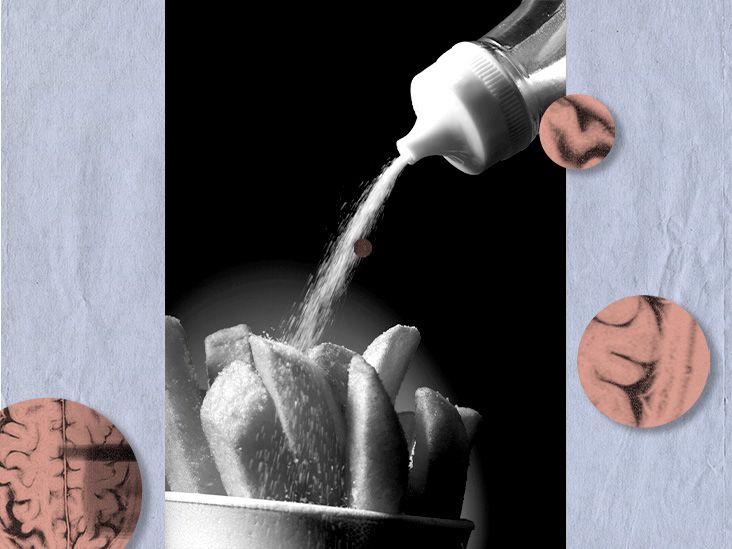Breast milk contains lactose, which plays an important role in development. However, some infants may be lactose intolerant. Gas, diarrhea, and other symptoms may occur.
Lactose is actually a combination of two sugars. To digest lactose, the body needs to break it down into those two sugars, glucose and galactose, which are monosaccharides. The body can then absorb the sugars, allowing them to enter the bloodstream.
Both breast milk-fed and formula-fed babies can develop a condition called lactose overload. The symptoms are very similar to those of lactose intolerance, but the ways of managing the conditions are different. Proper diagnosis can help prevent potentially harmful complications.
This article reviews lactose in breast milk, what intolerance and overload look like, breastfeeding tips, and more.

Lactose is a type of sugar that is present only in the milk of mammals, including humans. A human’s breast milk consists of about
Lactose is not a simple sugar. Instead, it is a disaccharide. This means it is a combination of two different sugars, glucose and galactose.
To digest lactose, the body needs to break it down using an enzyme called lactase. The average full-term baby produces enough lactase to process about
Lactose is a type of carbohydrate. Carbohydrates provide energy for infants, as well as for older children and adults.
In the first 6 months of life, an intake of about 60 g of carbohydrates per day provides babies with around 37% of their total food energy.
As babies reach 6–12 months of age, their carbohydrate needs increase to 95 g per day, which coincides with the introduction of solid foods. Babies of this age still get most of their energy from breast milk and formula, but some of it comes from the food they eat.
Lactose intolerance is a systemic digestive issue resulting from lactose malabsorption. A baby with lactose intolerance produces no lactase and therefore cannot break down lactose.
Very few babies are born with true lactose intolerance. Most babies can produce plenty of lactase, and their symptoms may have another explanation.
Around 1 in 30,000 babies in the United States are born with galactosemia, which is the inability to process galactose. It is a rare genetic condition that is fatal without treatment. All newborns can undergo screening for this condition.
Some babies
In some cases, a baby may experience these symptoms as a result of lactose overload.
Lactose overload causes similar symptoms to intolerance, but the cause is different. In lactose overload, the baby has no trouble processing a typical daily amount of lactose. The problem usually stems from consuming large volumes of breast milk. This may happen when a person has an oversupply of milk or when the time between feeds is long.
Distinguishing between these two conditions is an important part of diagnosis and can shape the treatment. Babies with an intolerance will need to switch to a lactose-free formula and avoid lactose altogether. Babies experiencing overload may need adjustments in how they eat.
According to the
Babies cannot tell their parents or caregivers what they experience, which can make it difficult to figure out what is going on. The symptoms of lactose overload and lactose intolerance are very similar.
A parent or caregiver can look for the following symptoms of lactose overload:
- difficulty settling
- a moderate to large amount of weight gain
- urination more than 10 times per day
- excessive daily bowel movements
- green, frothy, or explosive poop
- seemingly constant hunger
- gas
- diaper rash
Lactose intolerance may produce the following symptoms:
- swelling in the belly
- irritability or screaming
- difficulty settling for feeds and frequently coming on and off the breast or bottle
- lack of weight gain
- diarrhea
- frothy, bulky, and watery poop
- diaper rash
- gas
- crying when passing stool
Symptoms can vary in severity from mild to severe. They may also come and go throughout the day and night.
Doctors usually
A doctor will typically look at a baby’s symptoms, family history, and diet. They will also perform a physical examination.
While lactose intolerance could explain the symptoms, a doctor may overlook lactose overload.
A baby with lactose intolerance will typically lose weight and become increasingly unwell as a result of missing key nutrients and calories from the lactose.
To help with diagnosis, a parent should discuss their nursing or formula-feeding habits with a doctor. This may help them determine whether the issue is lactose overload or intolerance.
People who breastfeed can take steps to help reduce the likelihood of lactose overload.
The nutritional makeup of breast milk changes as a baby feeds. Foremilk, the milk they get when they first start feeding, typically contains more sugar and less fat.
Hindmilk, the milk they get when finishing feeding from a breast, typically contains a higher amount of fat. The fat slows down the movement of milk through the digestive system, giving the body more time to absorb and process the lactose it contains.
Lactose overload can occur as a result of switching breasts too soon. In these scenarios, the baby gets mainly foremilk and limited hindmilk. This means they get primarily lactose, without the higher volumes of fat from the hindmilk.
To help prevent this imbalance, a person can try to empty one breast before switching sides. A person should check for signs that their baby is feeding well and is content. If they are, a person should delay switching sides.
If the problem continues, a person may need to try offering only one breast per feed. It may also help to reduce the time between feeds so the baby does not consume too much milk at once.
When making changes to breastfeeding patterns, caregivers should monitor the baby. Babies should produce 6–8 wet diapers per day and should gain weight steadily.
There is no treatment for lactose intolerance. Instead, doctors will typically recommend introducing soy-based formula and eliminating breast milk or milk-based formula from the baby’s diet.
The symptoms should start to clear once the baby stops consuming lactose.
Below are answers to some frequently asked questions about breast milk and lactose.
Is lactose intolerance the same as cow’s milk allergy?
No. Lactose intolerance is an inability to process the lactose in milk. A milk allergy results from an overblown immune system response. The immune system mistakes milk protein for a foreign substance and attacks it, producing symptoms such as vomiting, diarrhea, hives, and eczema.
Should I change my diet to reduce the lactose in my breast milk?
Dietary changes in a person who is breastfeeding do not affect the lactose levels of their breast milk. Eating a healthier diet, such as including more omega-3 fatty acids, may provide additional nutrients through the milk, but a person’s level of lactose will stay the same no matter what they eat.
A caregiver should contact a doctor if a baby:
- produces excessive gas or has bloating
- appears to be in discomfort much of the time
- stops eating
- does not appear to be growing or gains weight rapidly
- is vomiting, has bloody stools, and is producing fewer wet diapers
A doctor can help determine the cause of the symptoms and how to reduce them.
All milk from mammals, including humans, contains lactose. Human breast milk actually contains more lactose than cow’s milk. Full-term babies should have no issues with processing lactose.
Some babies may develop lactose overload as a result of consuming large volumes of breast milk in one feeding. Reducing the time between feedings may help the baby consume a more manageable amount of milk.
A person who is breastfeeding can let the baby empty one breast fully before starting on the other. This ensures that the baby gets the right balance of nutrients.
Although it is rare, babies may develop lactose intolerance, which means their bodies cannot process lactose effectively. Stopping breastfeeding and switching to a soy-based formula should help.
Caregivers should consult a healthcare professional before making changes to feeding habits.


